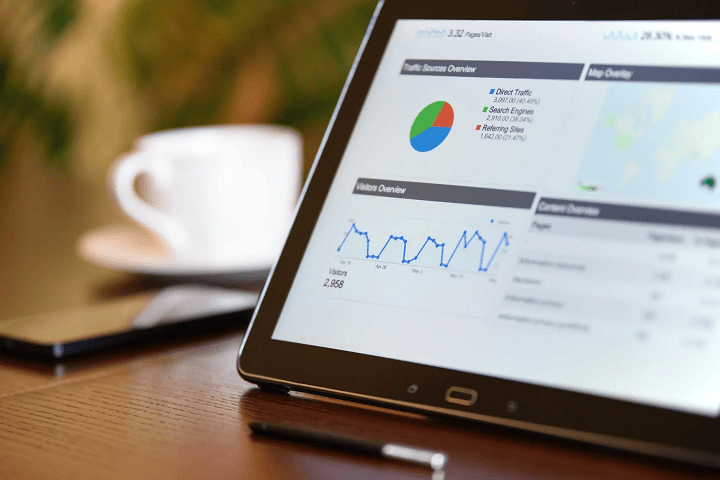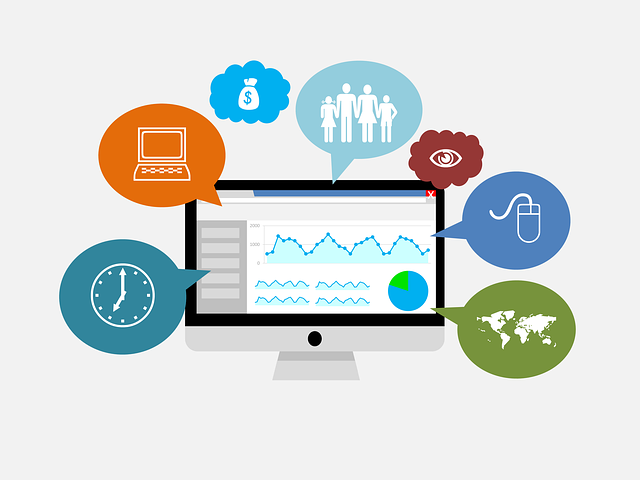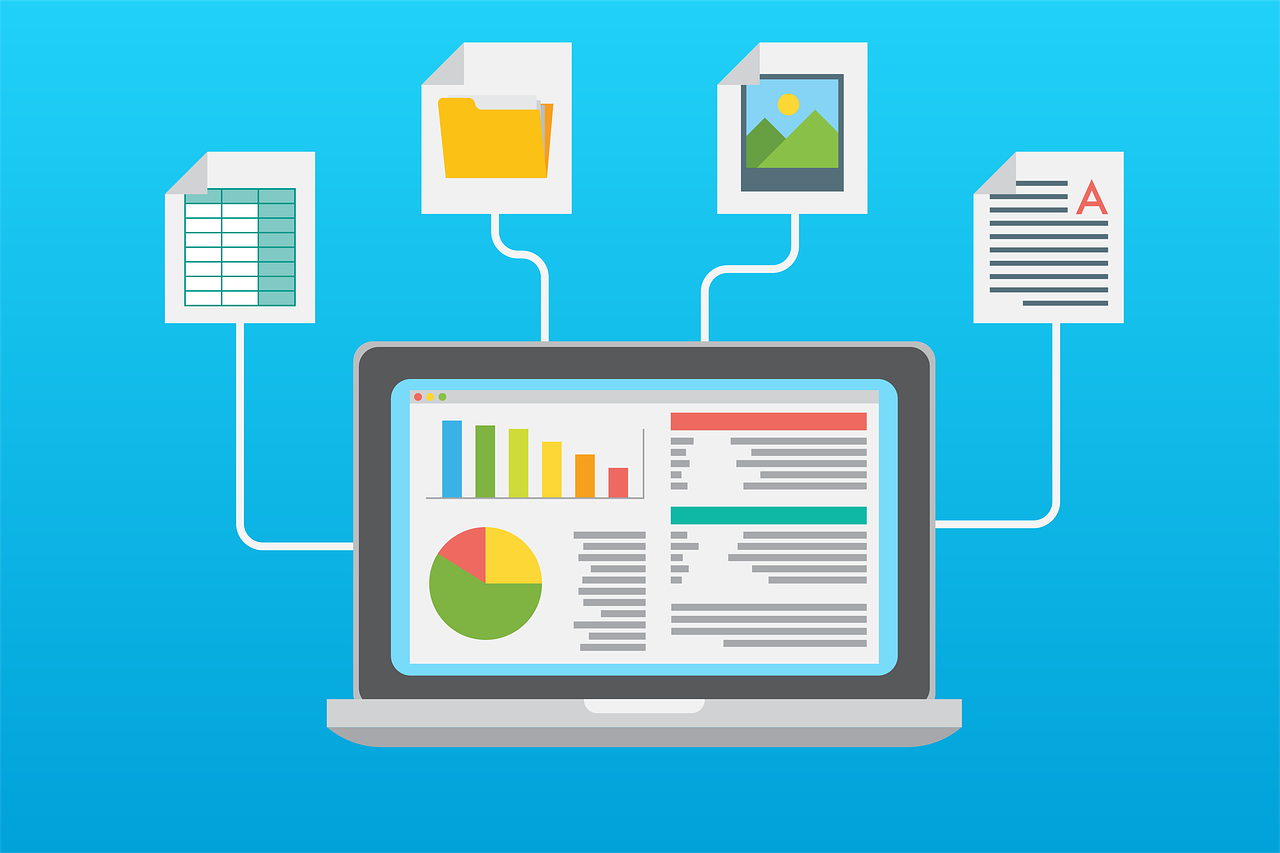Business
Data-Driven Decision Making: The Benefits of Analytics
To compete with many industry rivals, companies of all sizes embrace the power of data analysis to improve their operations and make more informed choices.

There is no denying the internet has led to a broader marketplace and higher consumer demand. Consequently, many businesses are going up against a considerable amount of competition when acquiring new customers and increasing their profit margin.
To compete with many industry rivals, companies of all sizes embrace the power of data analysis to improve their operations and make more informed choices.
If you would like to anticipate market shifts with ease, manage potential risks, and identify potential problems before they arise, determine the benefits of analytics.
Table of Contents
1. Manage Risk
Every business owner will have to make crucial decisions that shape a company’s direction, revenue, and reputation. Before rushing in, you should use big data to gain insight into consumer behavior and opinions.
As a result, you could create more intelligent business strategies to mitigate risk.

To manage risk, you should:
- Gather data
- Consider the dangers/trends to discover
- Set a data analysis timeline
- Generate a report – use visuals
- Review the results – aim to identify patterns
- Introduce a solution
- Monitor findings – identify new trends and high-risk issues
Businesses of all sizes can face many risks. These could range from an unexpected event (such as a potential flood or fire) to or unavailability of essential resources (such as supply chain issues or hardware failure).
Data analysis can identify and manage the risk by developing an appropriate strategy, including avoidance, mitigation, or acceptance.
2. Retain More Customers
Any business that wants to create a solid customer base would be wise to embrace big data. A business analyst will gather, analyze, and provide a report on various data trends, which will enable them to personalize the shopping experience.
For example, Amazon uses predictive analytics to anticipate products their customers might like to buy after analyzing their past orders and online behavior.
Gaining a deeper understanding of your customers’ online actions and preferences can lead to more effective marketing strategies.
For this reason, many eCommerce companies are choosing to follow in Amazon’s footsteps by creating more targeted campaigns. Consequently, they can meet or exceed their customers’ needs and secure their loyalty.
Data analytics can help you to anticipate your customers’ preferences, but it can also improve their experience with your brand.
For example, by gathering your customers’ opinions, it’s possible you could discover they don’t like contacting an outsourced call center for product support.
Consequently, you could cut the outsourced service from your operations and take calls in-house instead. It could help you reduce complaints and, in turn, call waiting times while promoting your business to retain more customers.
If you want to take your brand to the next level, you would be wise to hire a business analyst. Alternatively, you could invest in your employees’ education by funding an online MS in analytics program.
Your business will find it easier to manage and utilize complex data to improve your operations.

3. Create Targeted Marketing Campaigns
Data analysis is allowing companies in all industries to develop more targeted marketing campaigns. For example, by analyzing consumer behavior, patterns, and trends, you will deliver customized advertisements to grow your brand engagement and revenue.
Segmented, personalized email newsletters are a prime example of targeted marketing campaigns. A company can build a customer’s persona based on their name, location, past purchases, online behavior, and engagement with their products.
As a result, subscribers could receive a customized email in their inbox that complements their specific needs. It could lead to greater brand engagement, a higher clickthrough rate, and a more significant profit margin.
4. Develop Forward-Thinking Products
Thanks to big data, there is no longer a need to rely on instinct when developing products or updating existing ones. Accumulating and analyzing large data sets will enable companies to make informed choices about products that complement their demographic.
Utilizing data could ultimately help a business to remain competitive in a saturated market. However, it is essential to introduce processes to gather customer feedback once a product is on the market or updated.
5. Anticipate Customer Needs
To blow all your competition out of the water, you must look for ways to exceed your customers’ expectations. You can use data to know your target market rather than assume their potential problems or requirements.
By collecting the data as possible on your customers, analyzing their online behavior, and reviewing their previous orders, you could potentially anticipate their needs.
For instance, you could send them an email, offer, or reminder, which could encourage them to buy a product, upgrade a subscription, or invest in a service.
The above tactics can ultimately make a customer feel valued, leading to a long-lasting relationship and a more significant profit margin.
6. Budget Control
Every penny helps in business. To take tighter control of your finances and maximize every dollar, you must utilize business analytics to help your company remain within its budget.
By gaining a good understanding of your customers, anticipating their needs, and gaining an advantage over your competitors, you will be able to grow your revenue with ease and avoid unexpected costs.
It can, therefore, be an ideal tactic for financial planning and growth.

7. Pricing Analysis
A small profit margin can often force many organizations to close their doors for good. If you do not want to become another statistic, you must improve your product and service pricing.
Pricing analysis could be the key to more substantial profitability and long-term success in your industry. It works by profiling your competitors’ prices and analyzing your target audience’s wants and needs.
So you can create a pricing strategy to attract customers, generate more significant revenue, and increase your company’s share of the market.
8. Measure Goals and Objectives
Business analytics can also provide your organization with a clearer insight into its goals and objectives. But the first step for any business is to define the metrics that will be measured. For this, a sample KPI library can be helpful as you can get an idea of which variables can be tracked for every department and industry.
9. Support Business Efficiency
In today’s competitive marketplace, you cannot afford to let your customers or clients down.
As it is possible to gather data at lightning speed, a business analyst can immediately discover a progress problem or a dip in your performance, so your business can quickly adjust its operations based on their recommendations.
Data analysis can ultimately improve business efficiency while saving both time and money.
10. Competitor Analysis
Every brand must attempt to stand out from the crowd to grab their target market’s attention and secure their custom.
However, poor competitor analysis could lead to a business failing to generate an attractive USP. To gain an in-depth understanding of your rivals, you would be wise to utilize analytics.
By doing this, you can be able to:
- Identify your competitors
- Measure rivals’ strengths and weaknesses
- Discover brands’ various challenges
- Identify the right and wrong target market
11. Quick Decision Making
Uncertainty can lead to slower business decisions, which prevent your brand from gaining a solid foothold in a market.
Business analytics can speed up decision-making, enabling companies to understand and forecast potential challenges and provide various strategies for growth.
12. How Data Analysis Works
Data analytics comprises more than one technology. It is a combination of many techniques and skills that work in unison to provide an outcome. The most common analytic methods can include:
- Machine learning – a form of artificial intelligence (AI) that trains a machine to analyze large, complex sets of data at a fast rate.
- Data mining – software that enables you to analyze large data sets to identify patterns.
- Data management – a program that maintains data quality standards.
- Predictive analytics – technology that utilizes machine learning techniques and statistical algorithms to identify outcomes by analyzing historical data.
- Text mining – a natural language processing and machine learning technology that can analyze text from comment fields, the web, emails, and books to uncover industry or business insights.
Business analytics training could ultimately help you or your team analyze large data sets and then make strategic decisions for your organization.
Conclusion
Businesses cannot afford to make uninformed decisions in today’s modern world. Due to the number of competitors in every industry, you owe it to your organization and staff to give your company the best possible chance of success.
By analyzing data, you will take more calculated risks in business, grow and retain your customer base, create more targeted marketing campaigns to increase your revenue, and introduce more forward-thinking products that meet your demographics’ exact needs.
What’s more, you will be able to develop competitive price points, improve business efficiency, and measure your company’s goals and objectives accurately.
Therefore, it is essential to invest in business analytics training and the appropriate tools to help your brand become an industry leader.
-

 Instagram4 years ago
Instagram4 years agoBuy IG likes and buy organic Instagram followers: where to buy them and how?
-

 Instagram4 years ago
Instagram4 years ago100% Genuine Instagram Followers & Likes with Guaranteed Tool
-

 Business5 years ago
Business5 years ago7 Must Have Digital Marketing Tools For Your Small Businesses
-

 Instagram4 years ago
Instagram4 years agoInstagram Followers And Likes – Online Social Media Platform















